(i)CO2−−−−−−−→(ii)H2O In the reaction, product P is
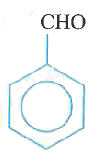
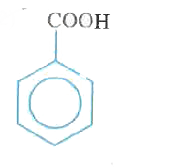
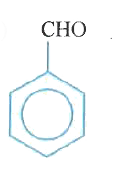
C6H5−O∣∣C−C6H5
The correct Answer is:B
To solve the problem, we need to analyze the reaction of phenylmagnesium bromide (a Grignard reagent) with carbon dioxide (CO2) and water (H2O). Let's break it down step by step:
Step 1: Identify the Grignard Reagent
The given Grignard reagent is phenylmagnesium bromide, which can be represented as C6H5MgBr. Here, C6H5 (the phenyl group) is the organic part, and MgBr is the metal part.
Hint: Remember that Grignard reagents are highly reactive and can act as nucleophiles due to the presence of a carbon atom with a partial negative charge.
Step 2: Reaction with Carbon Dioxide
When phenylmagnesium bromide reacts with carbon dioxide (CO2), the nucleophilic carbon (C6H5-) attacks the electrophilic carbon of CO2. The structure of CO2 is O=C=O, where the central carbon is electrophilic.
Hint: Look for the electrophilic center in CO2 that can be attacked by the nucleophile.
Step 3: Formation of the Intermediate
The attack of the phenyl group on CO2 leads to the formation of a carboxylate intermediate. The reaction can be visualized as follows:
1. The phenyl group (C6H5-) attacks the carbon of CO2.
2. This results in the formation of a compound with a carboxylate group (-COO-) and the magnesium bromide complex.
The structure can be represented as:
C6H5−C(=O)O−MgBr+
Hint: The product formed after the nucleophilic attack will contain a carboxylate group.
Step 4: Hydrolysis with Water
In the next step, the carboxylate intermediate reacts with water (H2O). The water molecule donates a proton (H+) to the carboxylate oxygen, leading to the formation of a carboxylic acid.
The reaction can be summarized as:
C6H5−C(=O)O−+H2O→C6H5−C(=O)OH+MgBrOH
The final product is benzoic acid (C6H5COOH).
Hint: Remember that hydrolysis of the carboxylate ion will yield the corresponding carboxylic acid.
Step 5: Conclusion
The product P formed from the reaction of phenylmagnesium bromide with CO2 and water is benzoic acid (C6H5COOH).
Final Answer: The product P is benzoic acid (C6H5COOH).
The given Grignard reagent is phenylmagnesium bromide, which can be represented as C6H5MgBr. Here, C6H5 (the phenyl group) is the organic part, and MgBr is the metal part.
When phenylmagnesium bromide reacts with carbon dioxide (CO2), the nucleophilic carbon (C6H5-) attacks the electrophilic carbon of CO2. The structure of CO2 is O=C=O, where the central carbon is electrophilic.
The attack of the phenyl group on CO2 leads to the formation of a carboxylate intermediate. The reaction can be visualized as follows:
2. This results in the formation of a compound with a carboxylate group (-COO-) and the magnesium bromide complex.
C6H5−C(=O)O−MgBr+
In the next step, the carboxylate intermediate reacts with water (H2O). The water molecule donates a proton (H+) to the carboxylate oxygen, leading to the formation of a carboxylic acid.
C6H5−C(=O)O−+H2O→C6H5−C(=O)OH+MgBrOH
The product P formed from the reaction of phenylmagnesium bromide with CO2 and water is benzoic acid (C6H5COOH).
Topper's Solved these Questions
- ALDEHYDES, KETONES & CARBOXYLIC ACIDSBOOK - NARAYNACHAPTER - ALDEHYDES, KETONES & CARBOXYLIC ACIDSEXERCISE - EXERCISE -4
30 Videos
- ALDEHYDES, KETONES & CARBOXYLIC ACIDSBOOK - NARAYNACHAPTER - ALDEHYDES, KETONES & CARBOXYLIC ACIDSEXERCISE - CHECK YOUR GRASP
6 Videos
- ALDEHYDES, KETONES & CARBOXYLIC ACIDSBOOK - NARAYNACHAPTER - ALDEHYDES, KETONES & CARBOXYLIC ACIDSEXERCISE - EXERCISE -II (H.W.)
25 Videos
- ALCOHOLS, ETHERS, PHENOLBOOK - NARAYNACHAPTER - ALCOHOLS, ETHERS, PHENOLEXERCISE - Assertion Reaosn
10 Videos
- AMINES & DIAZO COMPOUNDSBOOK - NARAYNACHAPTER - AMINES & DIAZO COMPOUNDSEXERCISE - Subjective type Q.
13 Videos
Similar Questions
[A]Al2O3−−−−−→250∘C[B](i)HI−−−−−−−→(ii)AgOH[C]Al2O3−−−−−→250∘C[B](i)B2H6−−−−−−−−−−−→(ii)H2O2/OH−[A]
In the above reaction scheme [A] and [C] are isomers. [B] has a formula C5H10 which can also be obtained from the product of the reaction of CH3CH2MgBr and (CH3)2CO. Give the structures of [A], [B] and [C].
View SolutionAcetonitrile (i)PhMgBr−−−−−−−−→(ii)H+/H2O Product
Product is :
View Solution
Knowledge Check
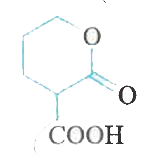
(i)NaBH4−−−−−−−−−→(ii)H2O [P]. Here predict P isA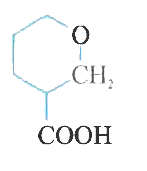 B
B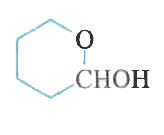 C
C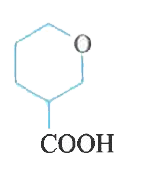 D
D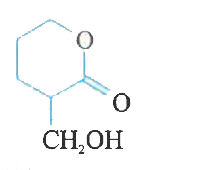
 KNO2−−−−−−−−→H2O,C2H5OH Product
KNO2−−−−−−−−→H2O,C2H5OH Product
The main product isA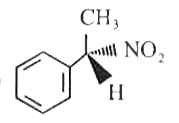 B
B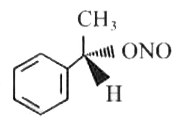 C
C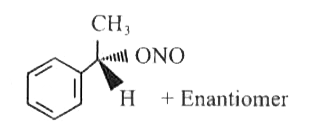 D
D
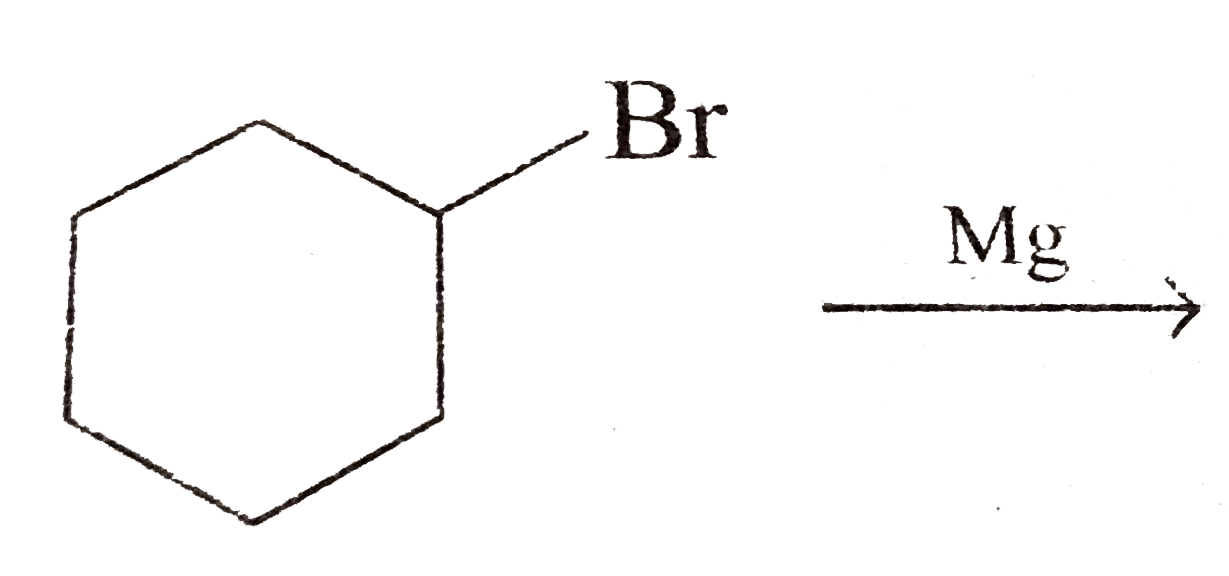 Mg−−→(A)(i)14CO2−−−−−−−−→(ii)H+/H2O(B)NaHCO3−−−−−→(C) gas, product C is :ACOB.14CO2CCO2DA mixture .14CO2 and CO2
Mg−−→(A)(i)14CO2−−−−−−−−→(ii)H+/H2O(B)NaHCO3−−−−−→(C) gas, product C is :ACOB.14CO2CCO2DA mixture .14CO2 and CO2
Phenol (i)NaOH−−−−−−−−−−→(ii)CO2/140∘CAH+/H2O−−−−−→BAc2O−−→C in this reaction the end product C is
View Solution NaNO2+HCI−−−−−−−−→ (B) (i)Ac2O−−−−−−→(ii)H2O⊕ (C )
NaNO2+HCI−−−−−−−−→ (B) (i)Ac2O−−−−−−→(ii)H2O⊕ (C )
The final product (C ) is:
View SolutionPhenol (i) NaOH−−−−→(ii) CO2(A)H+/H2O−−−−−→(B)Ac2O−−→(C)
In this reaction , identify the incorrect statement?
View Solution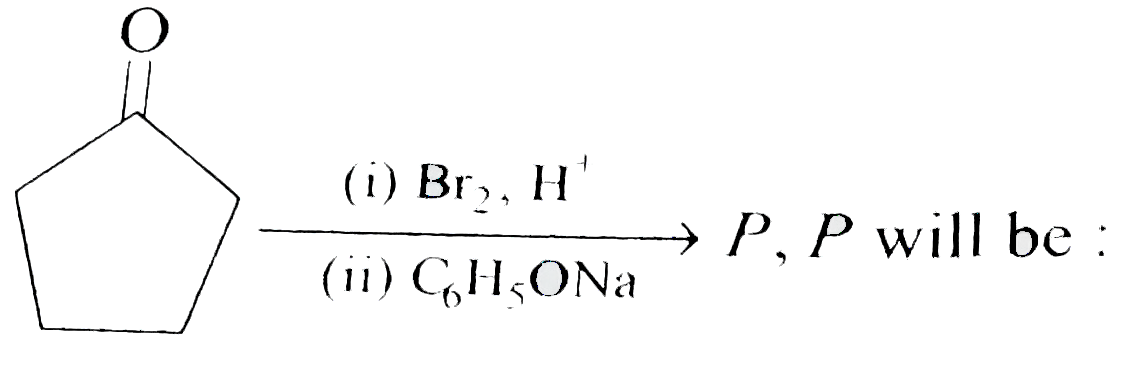 (i)Br2,H+−−−−−−−−→(ii)C6H5OnaP,P will be
(i)Br2,H+−−−−−−−−→(ii)C6H5OnaP,P will be
View SolutionPhenol(i) NaOH−−−−−−−−−−→(ii) CO2/140∘CAH+/H2O−−−−−→B
In the above reaction, the end product B is
View Solution